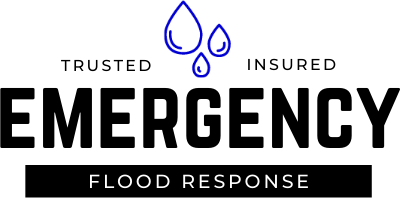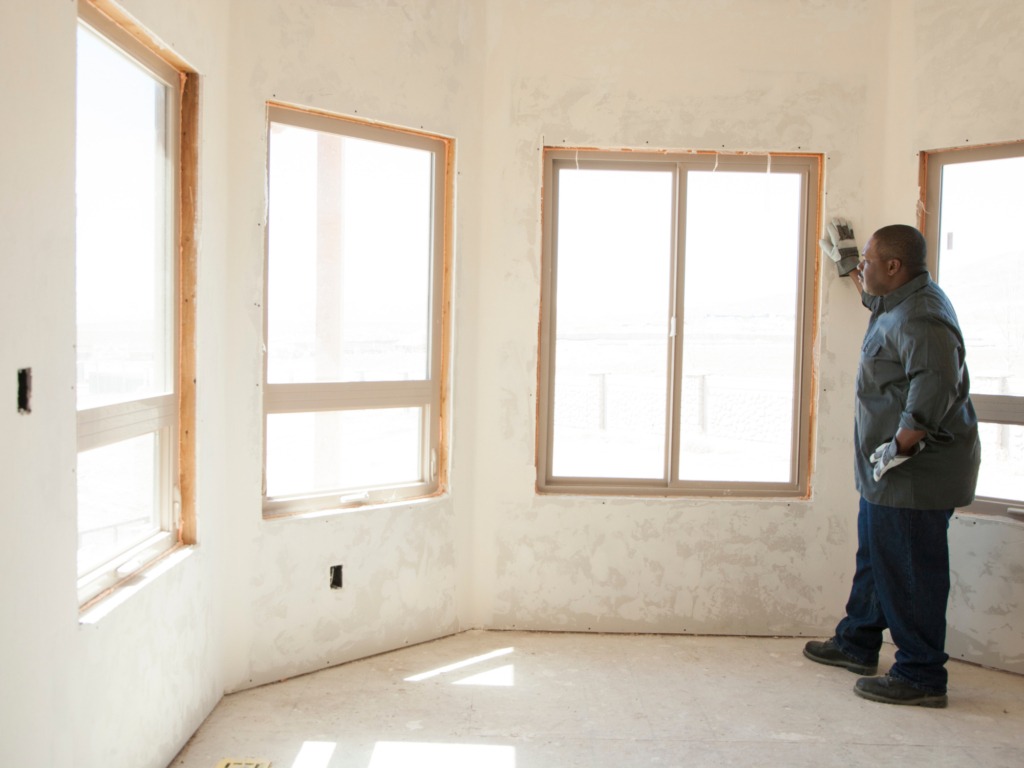The housing market is competitive, and homebuyers must take special care to evaluate properties before buying. Part of their checklist should include identifying the signs of potential mold, water, and fire damage. How can you find this damage in a new home? Here’s what to look for when taking a tour.
Signs Of Water Damage
 Water damage most often appears as stains. What might appear to be a dirty spot could be staining caused by a leaky pipe. Look for other signs like peeling wallpaper, blistered or bubbled paint, and cracks in the drywall. Take a moisture detector around the perimeter of the home’s walls to see if anything still sits behind them. Damage often manifests in the ceilings, too. As well as stains, look for any bulging or buckling; this indicates a serious problem that could culminate in a ceiling collapse. Most often, the damage in the ceiling comes from a leaky roof, so the issues may turn up moldy insulation, stains on supporting beams, or a roof in desperate need of TLC. Water damage also tends to appear around window trim. Run your hand over the casing and on the wall under the window; even if it feels dry, regular exposure to water compromises the wood. If anything crumbles or peels, the materials around it are probably also affected. While a moisture detector is an invaluable tool, your sense of smell is one of the best free devices for detecting water damage! Dampness in walls, floors, and carpets will give off an odour; your nose could lead you to a leaky appliance, dripping pipes, and even hidden plumbing issues.
Water damage most often appears as stains. What might appear to be a dirty spot could be staining caused by a leaky pipe. Look for other signs like peeling wallpaper, blistered or bubbled paint, and cracks in the drywall. Take a moisture detector around the perimeter of the home’s walls to see if anything still sits behind them. Damage often manifests in the ceilings, too. As well as stains, look for any bulging or buckling; this indicates a serious problem that could culminate in a ceiling collapse. Most often, the damage in the ceiling comes from a leaky roof, so the issues may turn up moldy insulation, stains on supporting beams, or a roof in desperate need of TLC. Water damage also tends to appear around window trim. Run your hand over the casing and on the wall under the window; even if it feels dry, regular exposure to water compromises the wood. If anything crumbles or peels, the materials around it are probably also affected. While a moisture detector is an invaluable tool, your sense of smell is one of the best free devices for detecting water damage! Dampness in walls, floors, and carpets will give off an odour; your nose could lead you to a leaky appliance, dripping pipes, and even hidden plumbing issues.
Signs Of Mold Damage
 Mould is well-known for the structural damage it can cause: unless properly eliminated, mold will continue to eat away at the affected materials and spread through the building. But mould does more than affect the home – the spores compromise the air quality, posing a health hazard to all occupants and causing issues like eye and throat irritation, coughing, and nasal problems. The signs of water damage we listed in our first point can also point to past (or present) mold growth. Yellow and brown stains can indicate the presence of mold growth behind them. The best “colourful” sign is black discoloration; this can be evident even when the seller has repainted the wall. It can indicate that the damage comes from within or behind the walls. To catch signs of mould damage, pay close attention to any signs of water damage and (much like for water damage) open your nose. Mould gives off a musty odour, often an earthy smell or that of a damp forest. If you’re not worried about getting on all fours, electrical outlets are good places to take a sniff, as they provide better access to the spaces behind walls.
Mould is well-known for the structural damage it can cause: unless properly eliminated, mold will continue to eat away at the affected materials and spread through the building. But mould does more than affect the home – the spores compromise the air quality, posing a health hazard to all occupants and causing issues like eye and throat irritation, coughing, and nasal problems. The signs of water damage we listed in our first point can also point to past (or present) mold growth. Yellow and brown stains can indicate the presence of mold growth behind them. The best “colourful” sign is black discoloration; this can be evident even when the seller has repainted the wall. It can indicate that the damage comes from within or behind the walls. To catch signs of mould damage, pay close attention to any signs of water damage and (much like for water damage) open your nose. Mould gives off a musty odour, often an earthy smell or that of a damp forest. If you’re not worried about getting on all fours, electrical outlets are good places to take a sniff, as they provide better access to the spaces behind walls.
Signs Of Fire Damage
Fire damage can be the most difficult to detect, as depending on when the fire happened, the damage may or may not be visible. Home fires often damage the wiring between walls or materials, which can turn into future fires if not repaired; if any toxic soot is left improperly cleaned, this can also pose serious health concerns. One sign is shoddy work – it is often patched quickly and not to code, resulting in many problems for the new homeowner. However, the best way to find out is to ask, then have a professional look into the matter. Ask the agent or seller:
- When did a fire occur?
- Was the fire in a single room, or did it spread to multiple rooms?
- Did the fire cause structural damage? Has the electrical wiring in the home been inspected for damage?
- How was the damage repaired?
While you should look everywhere, most home fires happen in the kitchen. Bedrooms, where people fall asleep forgetting they’ve lit a candle, and in garages, where homeowners store flammable materials, are two other rooms where you should also pay close attention.
The Best Way To Find Mold, Fire, Or Water Damage In A Home? Bring In A Home Inspector
Looking for damage from water, mold, and fires is the best way to prepare for purchasing a new home. However, most homebuyers don’t know the signs in practice, and most don’t have the right equipment to make a proper assessment. While you should use this guide as a way of detecting damage, a professional home inspector will know what to look for, where to look, and what to ask the seller before you commit.

